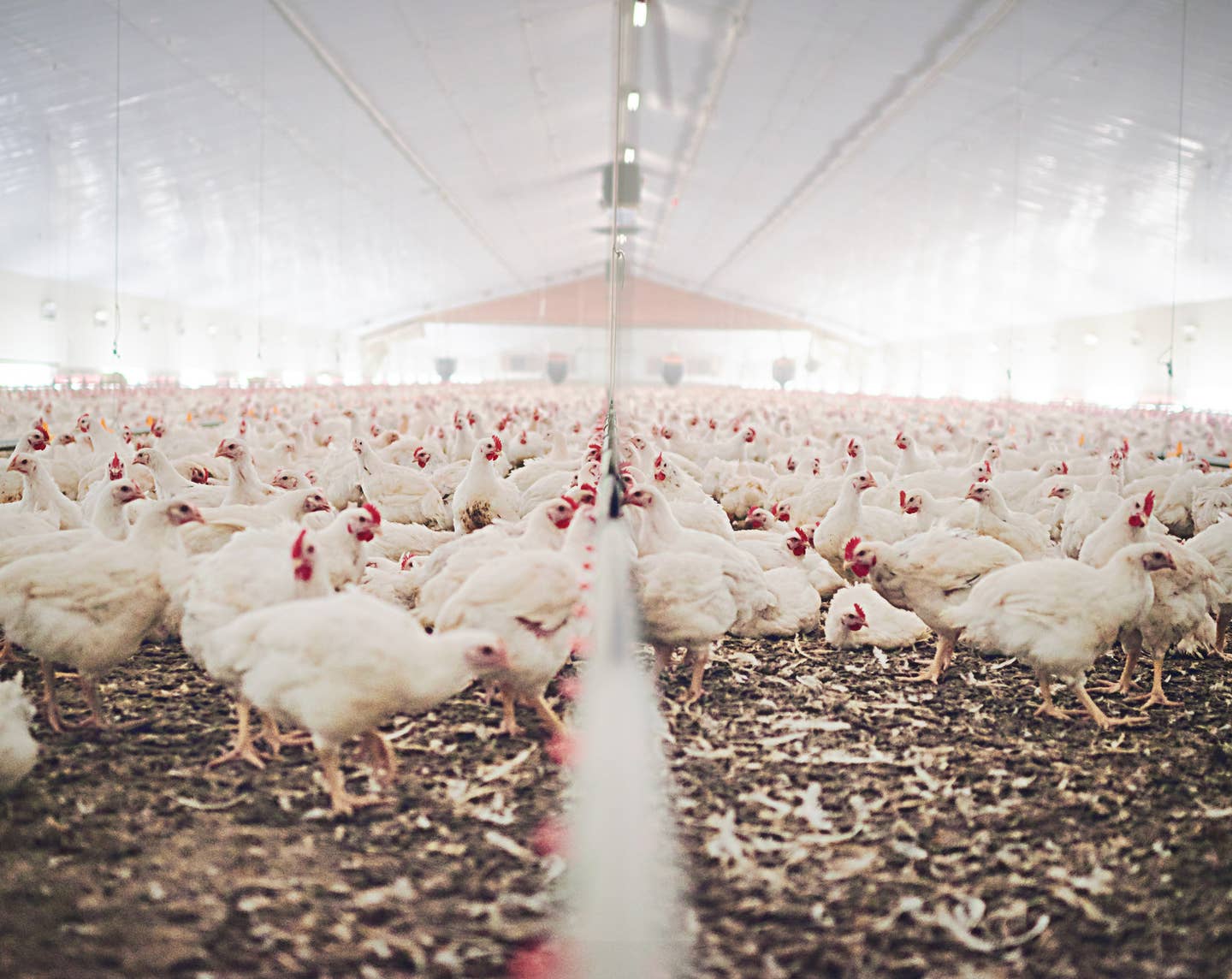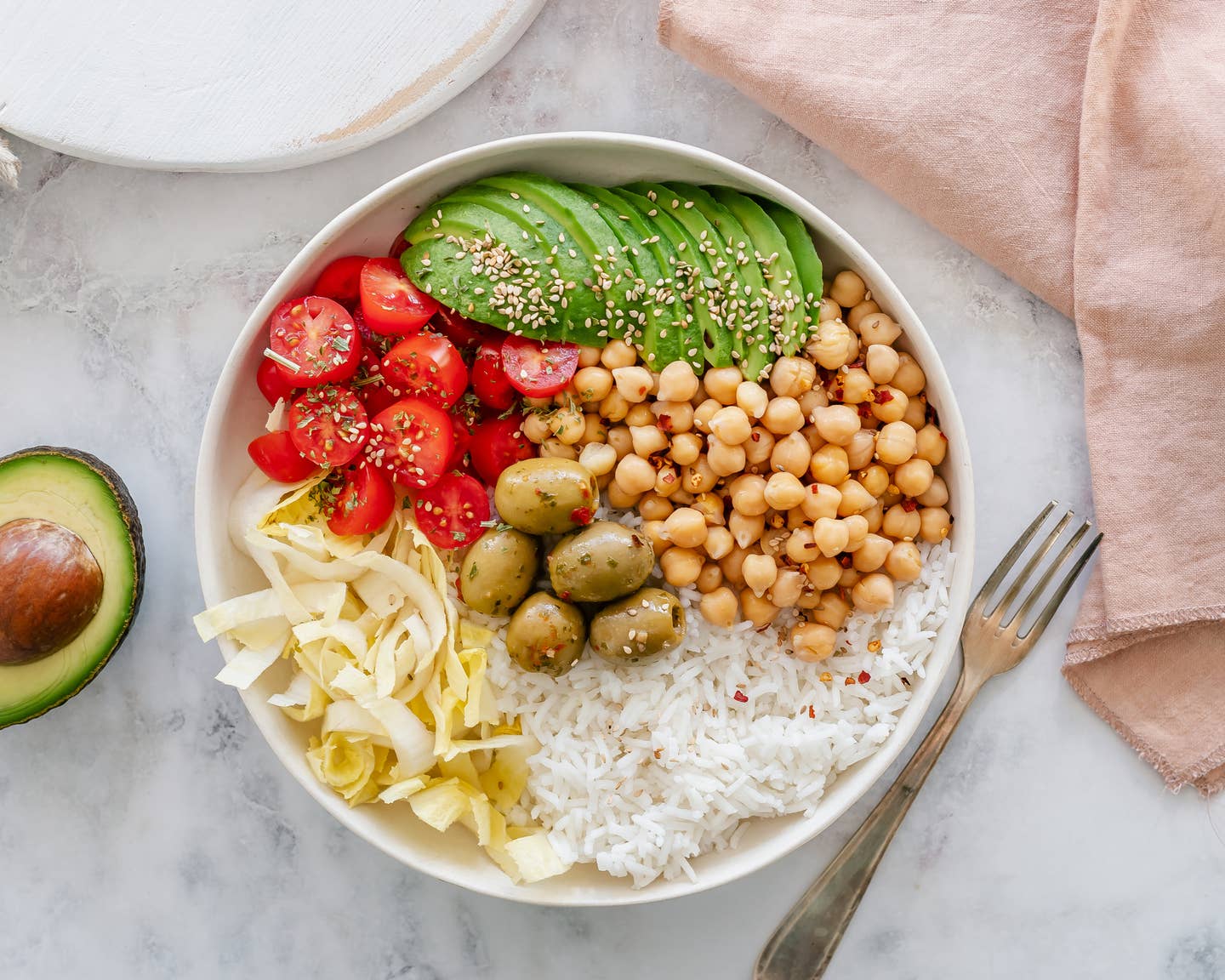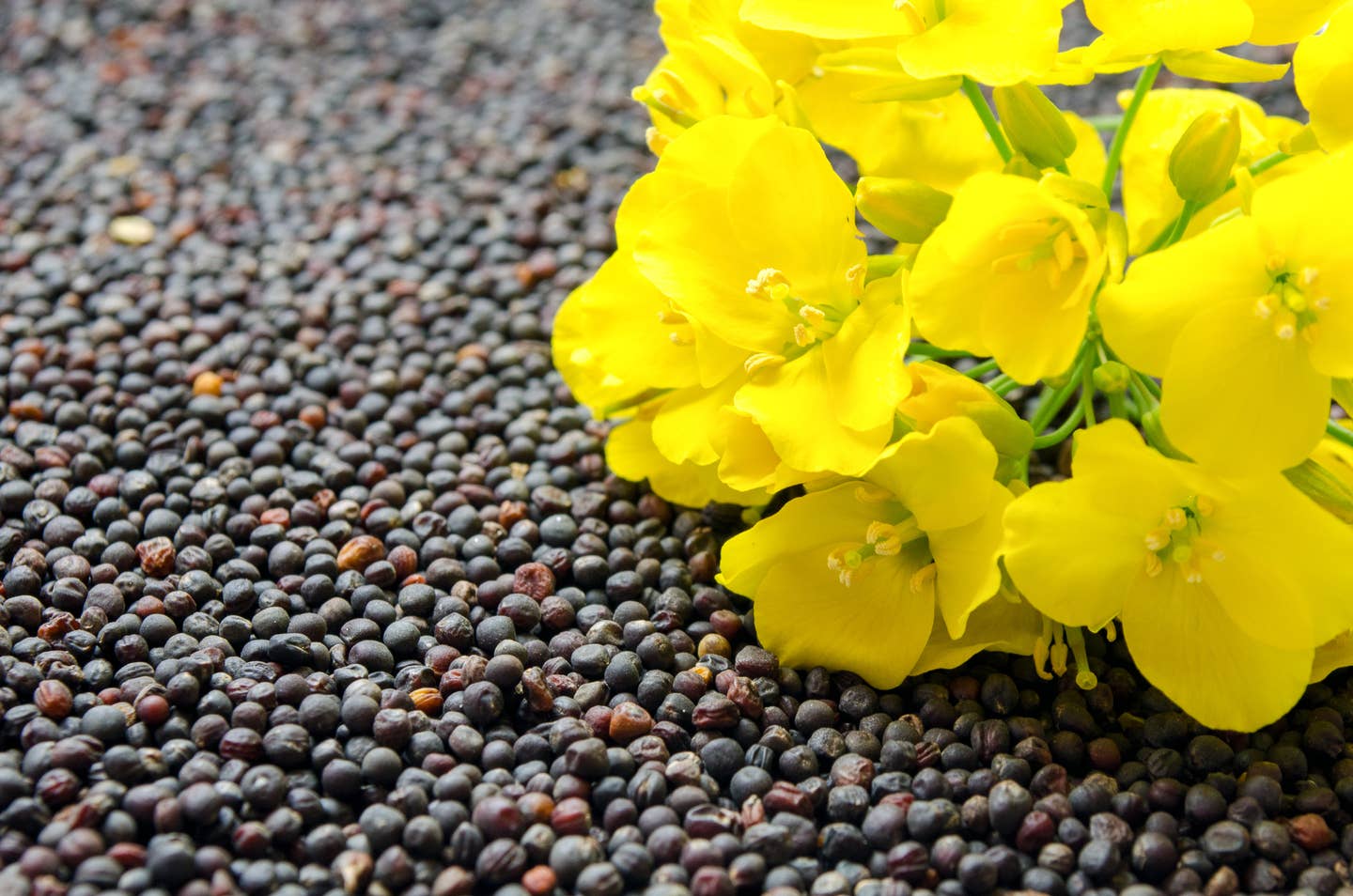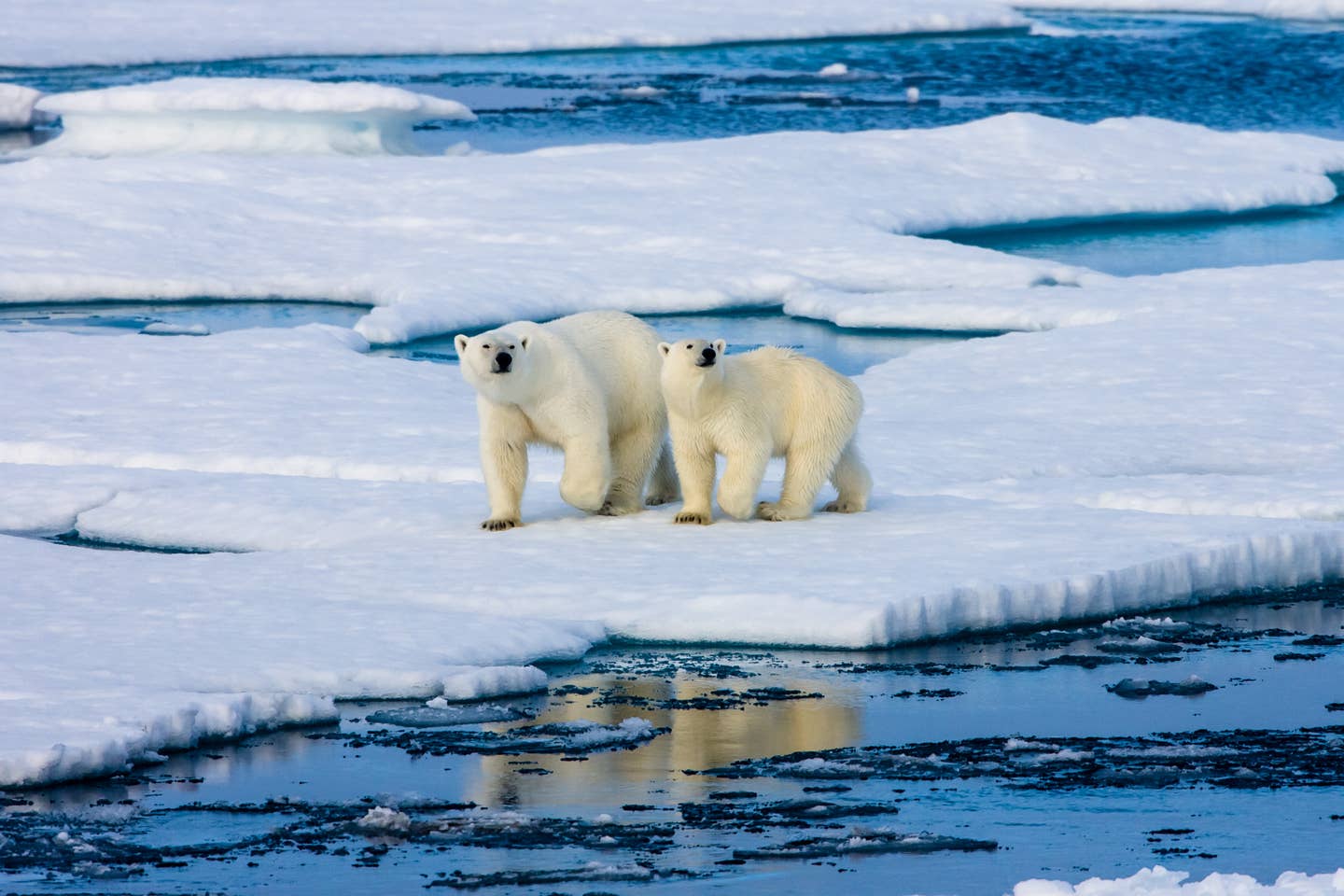
These Top 20 Foods Are Terrible for the Environment. What to Eat Instead
Let's face it: A picture of fluffy pancakes smeared with butter and drizzled with maple syrup in your feed gets more attention than a #hotgirlsummer post. The 'tell me you're a #foodie without telling me' trend can apply to anyone who's posted floral focaccia bread, made a dalgona coffee during quarantine, or captured a smoothie bowl in the golden hour light. And the social media hype associated with picture-perfect meals isn't declining anytime soon.
But in an era of climate change, it's impossible to ignore how our food choices impact the environment. Many of these viral recipes featured some of the least sustainable foods, which require large amounts of energy to produce and distribute to your doorstep.
Now there's a list of the 20 popular foods that are the most harmful to the environment. Most of the environmentally damaging foods include meat or dairy – or in the case of cheeseburgers –both. If you are concerned with the climate impact of your food, one of the easiest and healthiest ways to reduce your carbon footprint is to eat a plant-based diet and choose meat alternatives, animal agriculture is among the biggest producers of greenhouse gases, especially methane emissions as well as putting strain on our water systems.
Here are the top 20 foods in order of their impact on the climate. Those with the highest emissions are at the top. This list may make you re-think your next meal.
Total Emissions of Trending Meals Measured by gCO2 Emissions
- Cheeseburger, Total Emissions: 5,768
- Mozzarella Sticks, Total Emissions: 2,346
- Banana Bread, Total Emissions: 2,332
- Mac and Cheese, Total Emissions: 2,060
- Tiktok Feta Pasta, Total Emissions: 1,929
- Hot Chocolate Bomb, Total Emissions: 1,858
- DIY Hazelnut Spread, Total Emissions: 1,658
- California Rolls/Sushi, Total Emissions: 1,573
- TikTok Breakfast Sandwich, Total Emissions: 1,506
- Camembert Fondue, Total Emissions: 1,241
- Fettuccine Alfredo, Total Emissions: 1,209
- Tiktok Tortilla Wrap, Total Emissions: 1,184
- Chicken Quesadilla, Total Emissions: 1,058
- Breakfast Charcuterie, Total Emissions: 1,054
- Souvlaki, Total Emissions: 1,031
- Mini Pancake Cereal, Total Emissions: 1,006
- Floral Focaccia, Total Emissions: 964
- Tiktok Pesto Eggs, Total Emissions: 955
- Poke Bowl, Total Emissions: 944
- Ice Cream Bread, Total Emissions: 894
To give a clear sense of the impact food trends have on the environment, Uswitch, a tech service company set out to investigate which foods are contributing to greenhouse gas emissions the most using the My Emissions Food Carbon Footprint Calculator.
Their group of researchers analyzes the top trending recipes on social media and calculated how many grams of carbon dioxide equivalent (gCO2e) each meal produces and organized the meals from the highest to lowest emitters.
"Driving one mile emits 404 grams of carbon dioxide and the highest emitter found in our research produces over 14 times more than that," according to researchers at Uswitch.
Animals raised on factory farms in the US produce some 500 million tons of manure each year, according to the EPA, often stored in waste “lagoons” reports PETA. These waste-filled lagoons "emit toxic airborne chemicals that can cause inflammatory, immune, irritation and neurochemical problems in humans," according to a report by the California State Senate.
Water use and animal farming
"A single cow used for milk can drink up to 50 gallons of water per day—or twice that amount in hot weather—and it takes 683 gallons of water to produce just 1 gallon of milk. It takes more than 2,400 gallons of water to produce 1 pound of beef while producing 1 pound of tofu only requires 244 gallons of water. By going vegan, one person can save approximately 219,000 gallons of water a year," according to PETA.
Not everyone is going to eliminate meat from their diet or make the full switch, so there are other ways to reduce your consumer carbon footprint, including being aware that twenty-five percent of greenhouse gas emissions come from the food we eat, and that every viral recipe accounts for some capacity of environmental harm.
For context, three trending TikTok recipes with the lowest carbon emissions include spicy pickled garlic with 83 gCO2e, corn ribs with 289 gCO2e, and an acai bowl with 354 gCO2e.
More From The Beet






